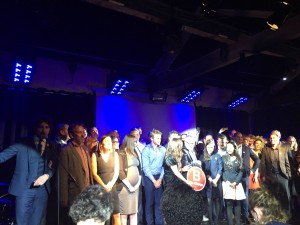
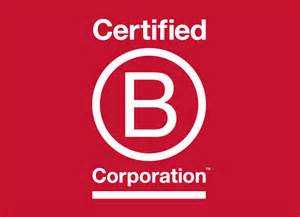
On Sept 24 B Lab UK hosted the event “Change is coming” the official launch of 62 certified UK B Corps at Proud Galleries in Camden, London. The B Corp movement is gaining momentum and now there are over 1400 companies across 42 countries that are B Corp certified and a number that is growing by the day. In this event it was inspiring to hear the founders of Bridges Ventures, COOK, Fairphone, and Streetlife talk about their businesses and their road to become B Corps. It was also a great gathering to network with the B Corp global community as many leaders were present such as Bart Houlahan, (B Lab Co-Founder), Marcello Palazzi (B Lab Europe Co-founder), and Pedro Tarak (Co-founder of Sistema B, B Corp South America).
There was also a big announcement made by Bart that B Lab is establishing a Multinationals and Public Markets (MPM) Advisory Council as of January 2016 as a strong response for the growing number of multinationals and publicly listed companies that are interested in joining the B Corp movement. In a video message delivered by Paul Polman, Unilever CEO, he announced that Unilever will participate in the MPM Advisory Council and invited others to join them to achieve a collective vision of a global economy where all businesses work to create a more shared and durable prosperity for all. Yes, change is coming!
Category Archives: impact investments
B Corps- the accelerating global movement using business as a force for good
 Having followed the movement of B Corps and benefit corporations over the past 6 years it was with great joy to attend yesterday the Swiss B Corp Community Forum that took place at the Impact Hub. B Corps are a new type of company that uses the power of business to solve social and environmental problems (see the first video below to find out in less than 2 minutes). These companies aim to be not the best in the world but best for the world. The B Corp movement has been rapidly expanding with now close to 1300 B corporations in 41 countries and in 121 industries. B corps have started expanding also in Europe with now 70 B corporations. The 4 Swiss B corporations (3 Certified and one soon to become) that were presenting yesterday were: Abhati, Heidi.com, Montagne Alternative, and Opaline. To understand more about the B Corps please view the videos below. It is a movement that is definitely moving the needle in making business a force for good.
Having followed the movement of B Corps and benefit corporations over the past 6 years it was with great joy to attend yesterday the Swiss B Corp Community Forum that took place at the Impact Hub. B Corps are a new type of company that uses the power of business to solve social and environmental problems (see the first video below to find out in less than 2 minutes). These companies aim to be not the best in the world but best for the world. The B Corp movement has been rapidly expanding with now close to 1300 B corporations in 41 countries and in 121 industries. B corps have started expanding also in Europe with now 70 B corporations. The 4 Swiss B corporations (3 Certified and one soon to become) that were presenting yesterday were: Abhati, Heidi.com, Montagne Alternative, and Opaline. To understand more about the B Corps please view the videos below. It is a movement that is definitely moving the needle in making business a force for good.
Skoll World Forum 2015: Belief
 The 12th Skoll World Forum took place April 15-17th in Oxford. It was my 9th Skoll in a row and it is still my favourite forum for its great content, inspiring conversations and unlimited networking opportunities. This year two of the topics that were most emphasized were girls’ education and the continuing need to collaborate amongst the three converging worlds; private, public and citizen sectors. Another positive,this year, many of the sessions were recorded (more than ever) so subscribe to the youtube page of Skoll so that you can check on the videos that are being uploaded. Check also content through their Facebook and twitter page.
The 12th Skoll World Forum took place April 15-17th in Oxford. It was my 9th Skoll in a row and it is still my favourite forum for its great content, inspiring conversations and unlimited networking opportunities. This year two of the topics that were most emphasized were girls’ education and the continuing need to collaborate amongst the three converging worlds; private, public and citizen sectors. Another positive,this year, many of the sessions were recorded (more than ever) so subscribe to the youtube page of Skoll so that you can check on the videos that are being uploaded. Check also content through their Facebook and twitter page.
Swiss Sustainable Finance a new platform promoting sustainability in the Swiss Financial Center
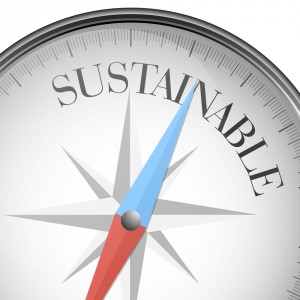 Swiss Financial Finance (SSF) is a new platform that aims to promote Switzerland as the leading centre for sustainable finance. This platform brings together financial service providers, investors, research organizations, public sector entities, and universities to foster social and environmental aspects in investment and financial solutions. SSF was launched at the beginning of July 2014. See the press release.
Swiss Financial Finance (SSF) is a new platform that aims to promote Switzerland as the leading centre for sustainable finance. This platform brings together financial service providers, investors, research organizations, public sector entities, and universities to foster social and environmental aspects in investment and financial solutions. SSF was launched at the beginning of July 2014. See the press release.
The Future of Investing -Towards an 100% impact portfolio
 Charly and Lisa Kleissner, pioneers in impact investment and deploying 100% of their assets in impact through their KL Felicitas Foundation, were the keynotes for the event “Inspire to Action- The Future of Investing” hosted by The Impact Hub Zurich on June 16th. Charly and Lisa are one of the most persuasive and effective advocates for impact investing as they “walk the talk” and they SHARE their experiences and findings of their 100% Impact portfolio. For the past 10 years they have been creating a variety of tools to empower and educate both impact enterprises and impact investors. The report Evolution of an Impact Portfolio: From Implementation to Results written by Sonen Capital is a detailed report that you can download from their website that is highly recommended for anyone who would like to learn about investing with impact. Thank you Charly and Lisa!
Charly and Lisa Kleissner, pioneers in impact investment and deploying 100% of their assets in impact through their KL Felicitas Foundation, were the keynotes for the event “Inspire to Action- The Future of Investing” hosted by The Impact Hub Zurich on June 16th. Charly and Lisa are one of the most persuasive and effective advocates for impact investing as they “walk the talk” and they SHARE their experiences and findings of their 100% Impact portfolio. For the past 10 years they have been creating a variety of tools to empower and educate both impact enterprises and impact investors. The report Evolution of an Impact Portfolio: From Implementation to Results written by Sonen Capital is a detailed report that you can download from their website that is highly recommended for anyone who would like to learn about investing with impact. Thank you Charly and Lisa!
Update on impact investing
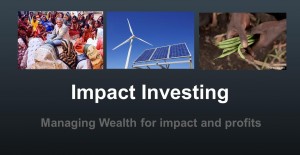
Some recent great reads
1) Willy Foote’s article on agricultural finance, How To Help 450 Million Poor Farmers–Without Destroying The Earth
2) WEF’s report on mainstreaming impact investments: From the Margins to the Mainstream
3) Morgan Stanley’s commitment to Investing with Impact platform, 5 year target 10bn USD of client assets
November was a month of conferences with TBLI, EVPA and Lugano Fund Forum. The first two are very much focused on impact but LFF is a more conventional Fund Forum for accredited investors and wealth managers in Ticino and Italy. It was therefore great to see that they incorporated a panel for Impact Investments where I had the opportunity to give a presentation introducing this topic “Managing Wealth for Impact and Profits“
Microrate’s report “The State of Microfinance Investments 2013”
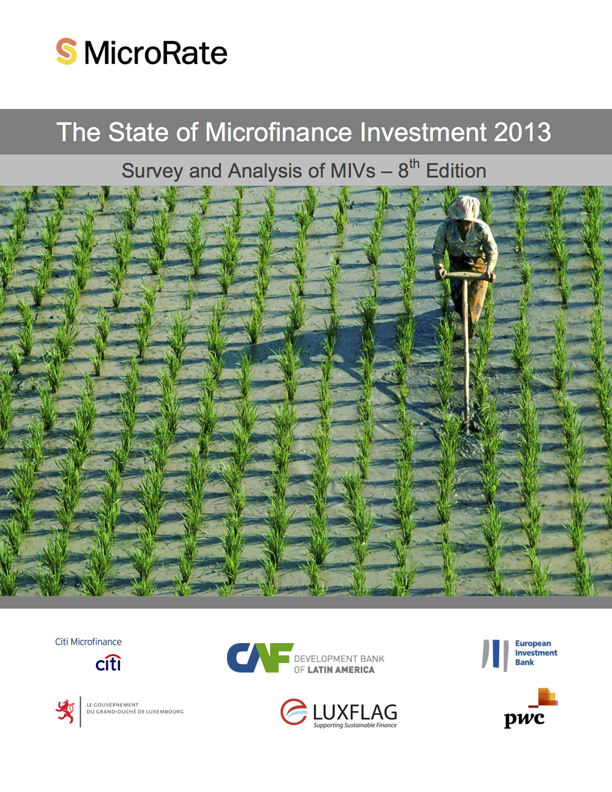
Microrate’s “The State of Microfinance Investments 2013” is out. This 8th annual survey covers 92 active microfinance investment vehicles representing $8.1bn in assets under management. Key findings:
– total asset growth +17%, microfinance portfolio +18%.
-Liquidity declined to 8.2% of total assets, down from a high of 14.6% in 2009.
-Growth in all regions, with Latin America (24%) and East Asia/Pacific (23%) posting the strongest growth, and moderate growth in South Asia (12%), Africa (12%), and Europe/Central Asia (10%).
-Azerbaijan (45%), Georgia (78%), Mongolia (38%), and Bosnia (43%) were among the fastest-growing countries.
-Funds continue to mature, with investors redeeming $438 million in 2012.
-MIV sector continuing to deconsolidate, with largest MIVs continuing to lose market share. Similar trend among fund managers.
-Equity investment grew by $77 million, but declined as a share of the portfolio from 20% to 18%.
-Institutional investors continue to dominate, with 56% share of total investment.
(source Microrate)
What’s new in Impact Investing
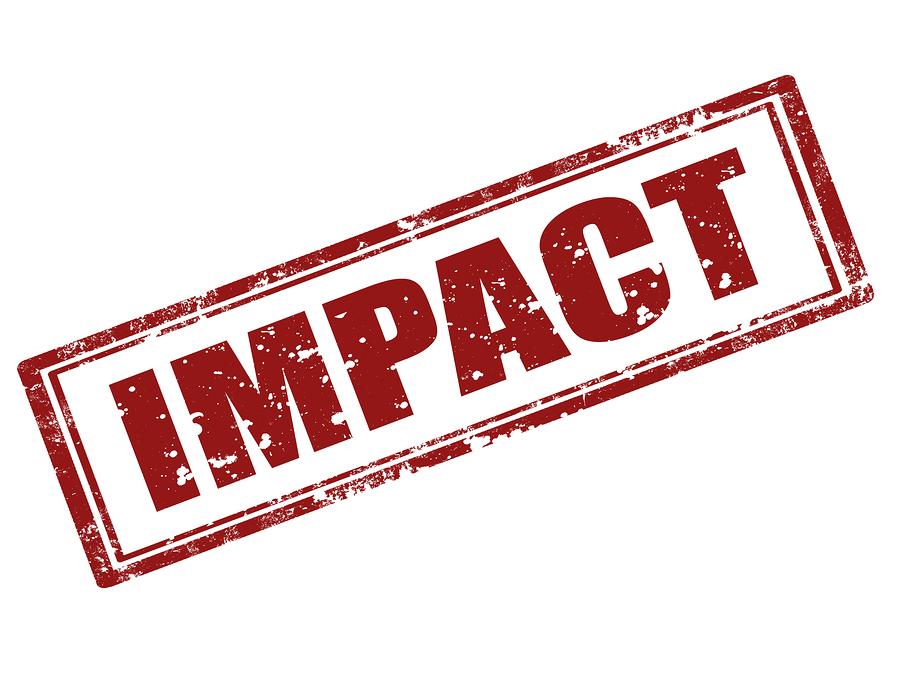
SOCAP 13 (Social Capital Markets, at the intersection of money and meaning) conference took place last week. I could not attend this year but it is great that the videos have already been made available on their website. A platform launched during this conference is ImpactSpace, an open data and resources platform. Their mission is to accelerate impact investing by making information available about the impact market (companies, investors, deals, people) to everyone and maintainable by anyone. It looks already a very helpful and promising resource.
Regarding recent articles and reports in this field that are highly recommended to read are;
1) “When can impact investing create real impact?” by Paul Brest and Kelly Born that appeared in the Stanford Social Innovation Review. The article and the responses by industry experts give a great insight on this topic.
2) “Making Impact Investible” by Max Martin of Impact Economy is a solid and rich working paper that provides a clear framework to understand the industry, all actors and also provides recommendations on how to scale up the industry.
Changing mindsets… importing innovative models made by emerging and developing economies
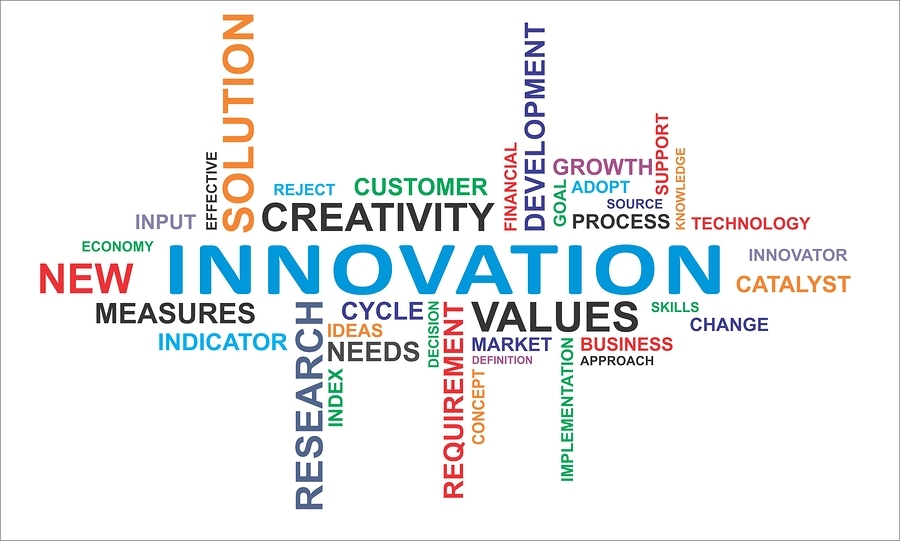
Just back from the “Partnering for Global Impact” a two day forum by EBD Group in Lugano. Key areas covered were agriculture, education, healthcare housing, financial services and water.This forum facilitates outcomes in impact investing and philanthropy through one to one meetings alongside great keynote addresses (such as Sir Ronald Cohen) and panel discussions. It was a well organized event with very good content and great for networking.
Having attended numerous events on impact investment and philanthropy and having been fortunate to learn from outstanding social enterprises over the past 10 years I believe that one new topic should be added to these events.
These great forums such as Skoll World Forum, SOCAP, TBLI and PGI are playing a critical role in helping to solve the most serious problems we face through bringing together ideas, people, capital and promoting the more efficient use of resources. Find sustainable solutions which are working in emerging economies and scaling it. Funding and capacity building to be provided by impact investors, philanthropists and development finance institutions. It’s great but maybe we could do even better.
One different angle should be added. What could WE in the developed world learn and import from the emerging market innovative models that have been successful? Who has developed or is developing low cost high quality services in education, financial services and healthcare? There are successful education models developed in Latin America that could be used for low income communities in the USA. Perhaps vocational school systems or microfranchising business models that could be useful in reducing youth unemployment in The European Union? The increasing applications of mobile technology for payment systems in Kenya? There is so much innovation happening in emerging economies and we should be pragmatic and maybe a bit humble and change our mindsets to search and learn from the best available solution.
I talked about this idea to some veterans in this field, Suzanne Biegel from Catalyst at Large and ClearlySo, Jed Emerson of ImpactAssets and Blended Value and to Hans Wahl of INSEAD and they all thought it made sense! This topic is worthwhile to dig in further and much more research is needed I hope it will be included in future forums.
UK government leads G8 efforts to grow the market for impact investments
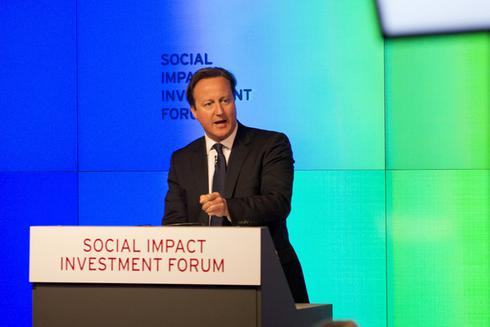
UK Prime Minister David Cameron announced the launch of the Social Stock Exchange (SSE), a tax break consultation for social investors and £250m to help communities buy and support local businesses at the Social Impact Investment Conference on June 6th ahead of the G8 summit. The G8 leaders are embracing the promise of impact investments. The U.S. Small Business Administration is nearly doubling the amount it will put into impact investment funds, to $150 million from $80 million. An open letter from the industry which was published in last weekend’s Financial Times, applauded the PM and the G8 leaders “for their proactive step to embrace the promise of impact investing as an important complement to exsisting efforts by the public and non-profit sectors”. The open letter was signed by over 90 leading voices from finance and civil society – including JP Morgan, Deutsche Bank, Morgan Stanley, Credit Suisse, Goldman Sachs, Big Society Capital, KPMG, responsAbility, the Ford and Rockefeller Foundations and the Omidyar Network. Another step towards mainstreaming impact investments!
